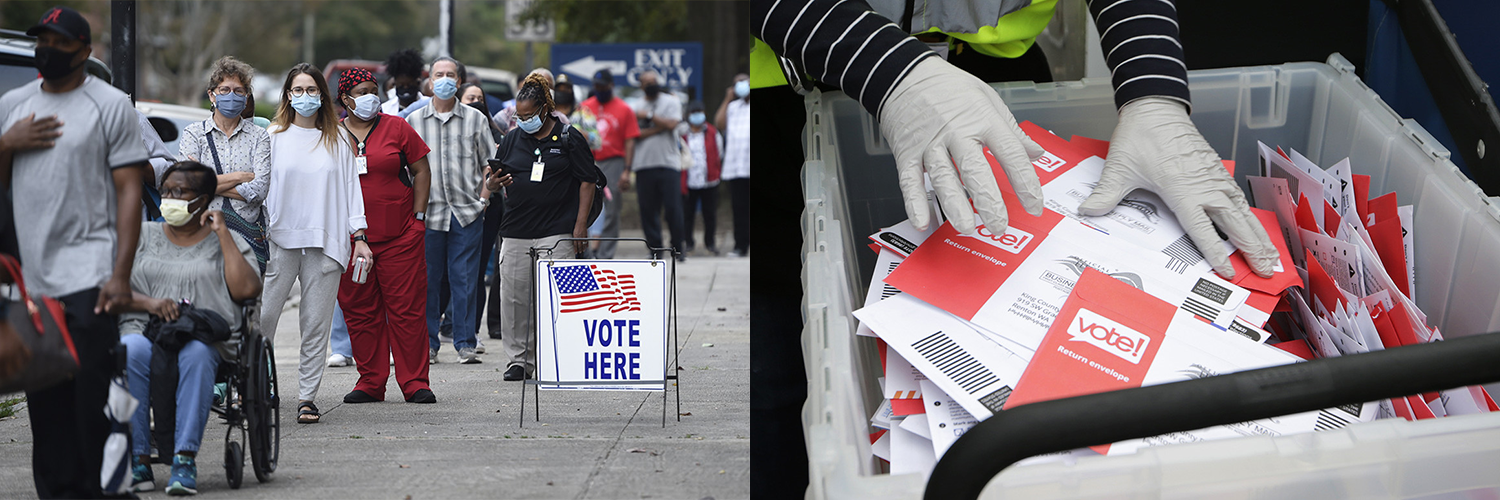Kerby Anderson
Two articles in the last few weeks raise serious questions about the effectiveness and efficiency of mail-in ballots. The first comes from a House election in Florida that was won by a mere five votes. That was a reminder of how close elections can be especially in a primary in a special election.
But the more important issue was the nearly 1,400 mail-in ballots thrown out in a Democratic primary that was won by five votes. Most of the mail votes (1,253) had a problem with the Election Day deadline. Hundreds had missing or illegible postmarks. Nearly 300 were postmarked before Election Day but not delivered in time to be counted. In addition to these tardy ballots were 140 mail votes rejected because they were unsigned, or the signatures didn’t match or had some other problem.
In a second article, Dr. Merrill Matthews quoting from the US Election Assistance Commission reported that 560,826 mail-in ballots were rejected in the 2020 presidential election. He concluded that it would not have made any difference in any state that Joe Biden won over Donald Trump. But more than half million votes would most certainly have made a difference in a few close state and local elections.
In both cases, you have American citizens who did everything right and still did not have their votes count because of a problem with the mail service or because a signature didn’t match. In other cases, the voters did nearly everything correct, but their vote wasn’t counted.
Despite what proponents of mail-in voting say, these two examples illustrate why it is better to vote in person (either with early voting or voting on Election Day). If you want your vote to count, and don’t live in a state that only has mail-in voting, then go to the poll and vote in person.
 Listen Online
Listen Online Watch Online
Watch Online Find a Station in Your Area
Find a Station in Your Area










 Listen Now
Listen Now Watch Online
Watch Online
